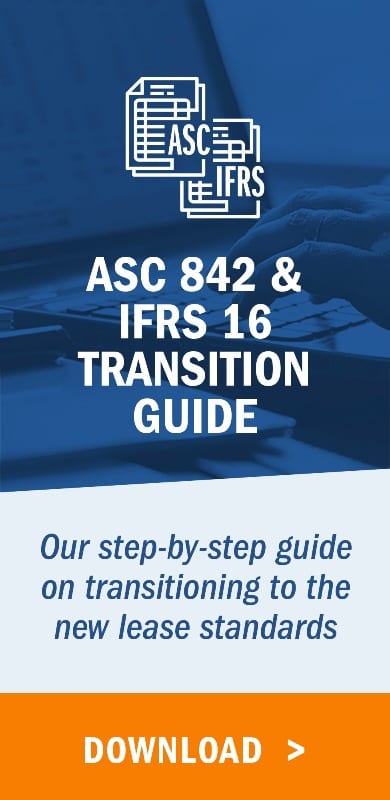On May 9, 2022 the GASB issued Statement No. 99 Omnibus 2022 (GASB 99) providing clarification guidance on several of its recent statements, including GASB Statement No. 87 Leases (GASB 87) and GASB Statement No. 96 Subscription-Based Information Technology Arrangements (SBITAs) (GASB 96).
GASB 99 provides additional information on interpreting and applying GASB 87, starting with clarification around the definition of a lease term and further explains what is included and excluded:
- Any lease term provisions that grant the lessee or lessor the right to terminate the lease due to certain circumstances or because of the occurrence of an event are not considered options to terminate the lease when determining the lease term. For example, the right to terminate a lease because of default of payment or the action or inaction of the other party should not be considered an option to terminate.
- If a lease provides an option to purchase the underlying asset, but still meets the definition of a lease under GASB 87, the lease term should end as of the purchase date, or the date the lessee is reasonably certain to purchase the asset.
- For purposes of determining if a contract is a financed purchase or a lease, options to end the lease due to the purchase of the underlying asset, all payments being paid, or a default on payment are not considered options to terminate the lease.
GASB 99 also provides additional guidance on short-term leases. Any period where both the lessee and the lessor have the right to terminate the lease without permission from the other party or any period where both the lessee and lessor must agree to extend is considered a cancelable period. Cancelable periods are excluded when determining the maximum possible term of a lease and whether it meets the criteria for a short-term lease.
If a lease has been classified as short-term, but at a later date the lease is modified in a way that extends the maximum possible period, the lease should be reassessed as of its inception to determine if it still meets the criteria for a short-term lease. If the lease no longer qualifies as a short-term lease, the lease should be measured as of its modification date to calculate the lease liability or lease receivable.
GASB 99 reiterates some of the specific guidance for variable payments and the updating of variable payments.
- Variable payments depending on an index or rate or payments that appear variable but are fixed in substance should be included in the measurement of the lease liability or lease receivable. Any other variable payments and payments that depend on either future performance by the lessee or usage of the underlying asset should not be included in the measurement of the lease liability or lease receivable.
- Lease liabilities and lease receivables should not be remeasured if only the index or rate on which variable payments are based changed.
- The discount rate used to measure the lease liability should not be updated if the only change is to the lessee’s incremental borrowing rate.
Lastly, GASB 99 provides some additional guidance regarding lease incentives, clarifying that an incentive includes the assumption of and also the agreement to pay the lessee’s commitments for a preexisting lease or contract.
To further affirm the similarities between accounting for lease under GASB 87 and accounting for SBITAs under GASB 96, GASB 99 also provides some clarification regarding the application of specific areas of GASB 96.
When determining the term of the subscription any subscription provisions that grant either party the right to terminate the SBITA due to certain circumstances or because of the occurrence of an event are not considered options to terminate the SBITA. For example, the right to terminate a SBITA because of default of payment or the action or inaction of the other party should not be considered an option to terminate.
If a SBITA has been classified as short-term, but at a later date the SBITA is modified in a way that extends the maximum possible period, the SBITA should be reassessed as of its inception to determine if it still meets the criteria for a short-term SBITA. If the SBITA no longer qualifies as a short-term SBITA, the SBITA should be measured as of its modification date to calculate the subscription liability.
Subscription liabilities should not be remeasured if only the index or rate on which variable payments are based changed. Additionally, the discount rate used to measure the subscription liability should not be updated if the only change is a change to the government’s incremental borrowing rate.
Check back often for the most current information regarding GASB 87 and GASB 96.



